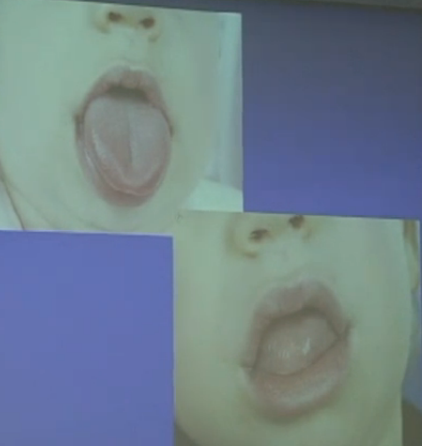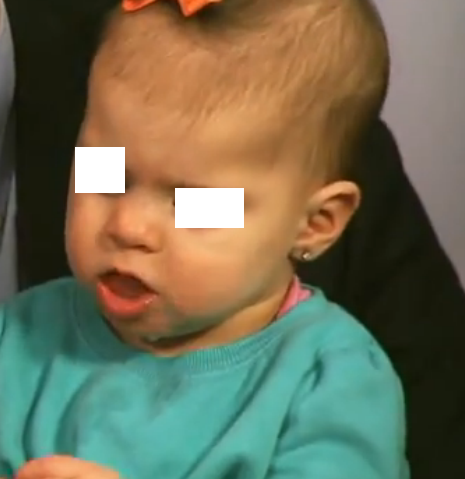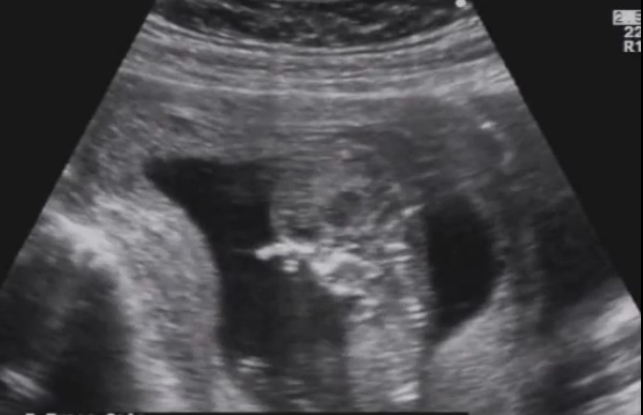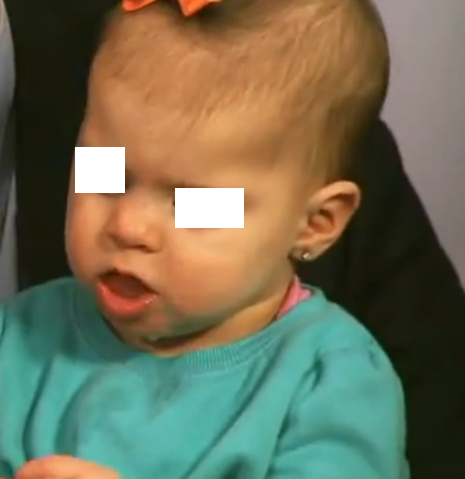Beckwith-Wiedemann syndrome is a hereditary overgrowth disease that affects a baby from the time it is born. It occurs along with a high risk of cancer development as well as inheriting certain unusual characteristics, including ear pits or ear creases, macrosomia, anomalies of the midline abdominal lining or wall, macroglossia, and congenital instances of low levels of sugar in blood.
Beckwith-Wiedemann syndrome affects both males and females all over the world, and its occurrence rate is one in every fourteen thousand births. However, this can be an under estimation as mild cases of this disorder are often not detected and thus remain unreported. Research studies indicate that around three hundred children are affected by Beckwith-Wiedemann syndrome every year in the U.S. Also more than eighty-five percent of Beckwith Wiedemann syndrome cases do not have genetic causes, but rather occur by chance.
Symptoms of Beckwith–Wiedemann syndrome
Some of the signs and symptoms of Beckwith-Wiedemann syndrome are as follows:
- Excess weight when born
- Convulsions, seizures
- Large eyes and tongue
- Extra-large fontanel
- Reduced or poor feeding
- A rim/creaseon the forehead because of early bone closure
- At birth, sugar level in blood is low
- Testicles may be undescended
- Only one side of the body parts/glands may experience overgrowth
- Pits or creases in low-set ears and ear lobes
- Abnormalities in the walls of abdomen like omphalocele and umbilical hernia
- High risk to cancer development
- Extension of the abdominal organs like pancreas, kidney, and liver, etc.
- Isolated case of hemihypertrophy. It is a condition wherein one side of the body-parts are larger as compared to the other side of the body. As the baby grows this condition becomes more clear and visible.
Causes of Beckwith–Wiedemann syndrome
Beckwith–Wiedemann syndrome is a condition that occurs at random, by chance, due to unexpected anomalies and defects in chromosome 11. It is assumed by medical experts that the characteristic anomalous enlargement of the body, i.e. hemihypertrophy, is caused due to improper functioning of the genes,or excess expression of the genes, or due to erroneous ‘switching-off’ of the growth suppressing genes.
The genetic changes associated with Beckwith–Wiedemann syndrome occur sporadically due to which the defects do not always pass on to the children; therefore it is not just a genetic disorder.
Only 10 to 15% of Beckwith–Wiedemann syndrome cases or hemihypertrophy are genetic and parents may pass on the disorder to their children. There is about fifty percent chance of inheriting Beckwith-Wiedemann syndrome from the affected parent during pregnancy. The mutations, inversions, and translocations resulting from various kinds of anomalies on the same chromosome interrupts the genetic functions, eventually causing Beckwith-Wiedemann syndrome.
Genetic testing for Beckwith–Wiedemann syndrome
Genetic testing helps in detecting and diagnosing the presence and cause of Beckwith-Wiedemann syndrome. This test will allow doctors to know and understand the occurrence of varied anomalies in the family as well as assess the risk of passing on the genetic defect in future pregnancies. Genetic testing is carried out using samples of blood drawn from a patient. However, these tests cannot be taken as the final result, as all the causes of this disorder have not been solved/found out.
Treatment of Beckwith–Wiedemann syndrome
Usually almost all individuals with Beckwith–Wiedemann syndrome have good normal health. The affected children have normal growth and intelligence, have a normal family life, can bear children, and enjoy a satisfactory working life with a good career.
- Symptoms like leg-width difference and extra-large tongue, if any, can be treated through surgeries. Most of the symptoms however disappear as the child grows into a mature adult. To correct the abnormalities like enlarged tongue or long legs, an orthopedist can be consulted. Surgeries can be done, if needed.
- Affected children usually develop 2 kinds of cancer, viz., Hepatoblastoma and Wilms’ cancer. Hepatoblastoma affects the liver and it forms at the age of two years, whereas Wilms’ cancer affects the kidneys and develops at the age between five and eight years. The difference between the two is that Hepatoblastoma occurs at a less rate or frequency in comparison to Wilms’ cancer.
- The cancerous growth of both the types can be removed through surgeries but the healing depends on the state of the cancer, how far it has spread, the severity of the malignancy, etc. Affected individuals should go for screening at regular intervals so as to diagnose any type of cancer in its early stage and thus get better results for ensuing treatments. Early detection will help in easy treatment of cancerous growths as its spread is limited across tiny areas. It can also help patients avoid extreme treatment procedures like radiation therapy and chemotherapy. Patients may also need to consume a lowered dosage of anti-cancer drugs.
The various kinds of cancer screening protocol are as follows:
- Blood test: These tests should be done every six weeks, up to four years. It helps measure the serum AFP, as discharged by Hepatoblastoma cancer.
- Abdominal ultrasound examinations: These examinations should be conducted every three months up to eight years. Till four years these ultrasound tests should include kidney, liver and other internal organs.
Beckwith-Wiedemann Syndrome Pictures



